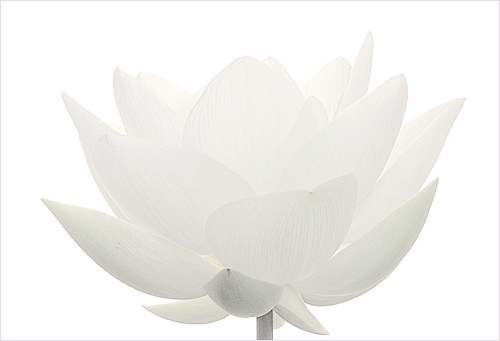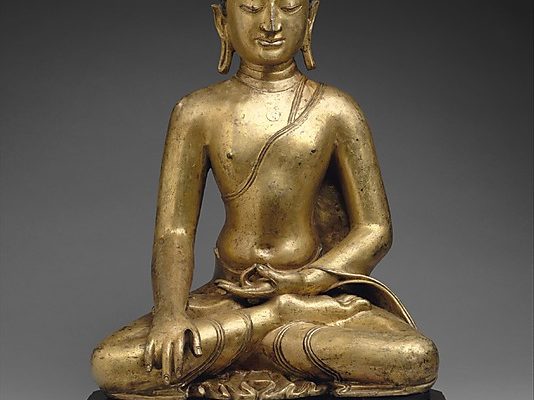The Six Niyamas: Shaucha (purity). Cleanliness of the body and purity of the mind. External Cleanliness of the body is a means of controlling the mind. It includes daily bathing, wearing clean clothes, living in a clean house; on the subtle level, it is purity of action or selfless service. It includes the system of […]
Attitudes Toward the World –Yamas
In all spiritual traditions, ethics are central and provide a foundation for practice. The first limb of Pantanjali’s yoga system is called Yama-Sanskrit for discipline. The practice includes five moral attitudes toward life. These practices are common in many faith traditions. There is considerable overlap between yoga and Buddhism. Yoga emerged out of ancient Hindu […]
Hamsa meditation
The Sanskrit word Hamsa translates as a swan. In yoga, the word breath is also known as Hamsa. One method of using the breath in meditation is to focus on the mantra hamsa. This meditation comes from the short Hamsa Upanishad, which explains the mystical nature of Hamsa, the inner swan, located within all. The […]
Methods and Aims of Yoga
Yoga gives one the ability to integrate mind, body, and heart and to awaken to the divine within. A major aim of yoga is self-transformation in order to experience atman within. Atman is both the universal spirit that pervades everything and the individual soul. “Using the eight limbs in yoga we can move toward this […]
Meditation is the Cornerstone of Yoga
Yoga Sutras, it is written: Yoga is the control of thought waves in the mind (Sutra 2.) In Ashtanga yoga, the last four limbs of the practice are pranayama, dharana, dhyana, and samadhi. In yoga there are many ways to meditate; what works for one person will not work as well for another. We all have different constitutions […]






